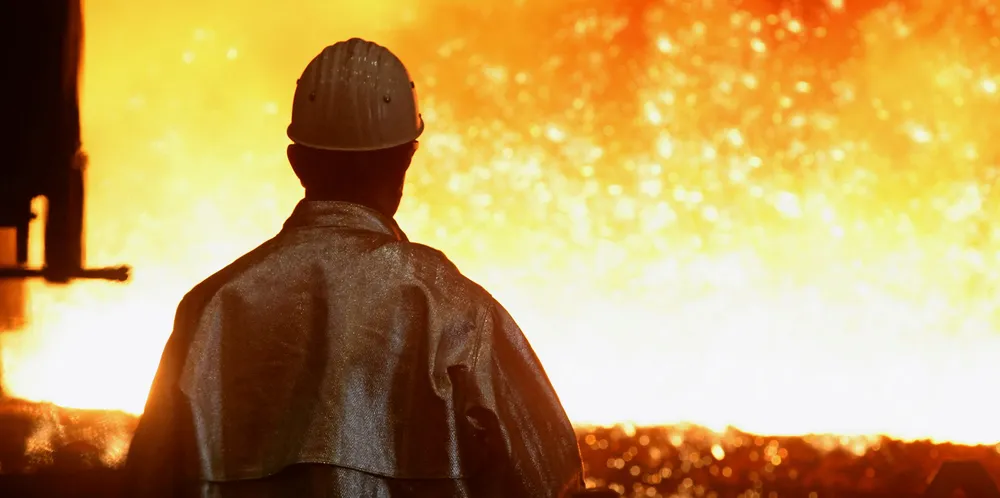Green hydrogen | 'Average EU steel plant would need a whopping 1.2GW of electrolysers and 4.5GW of solar to decarbonise'
Scale of the challenge involved in decarbonising steel production laid bare by new Hydrogen Europe report

Scale of the challenge involved in decarbonising steel production laid bare by new Hydrogen Europe report
